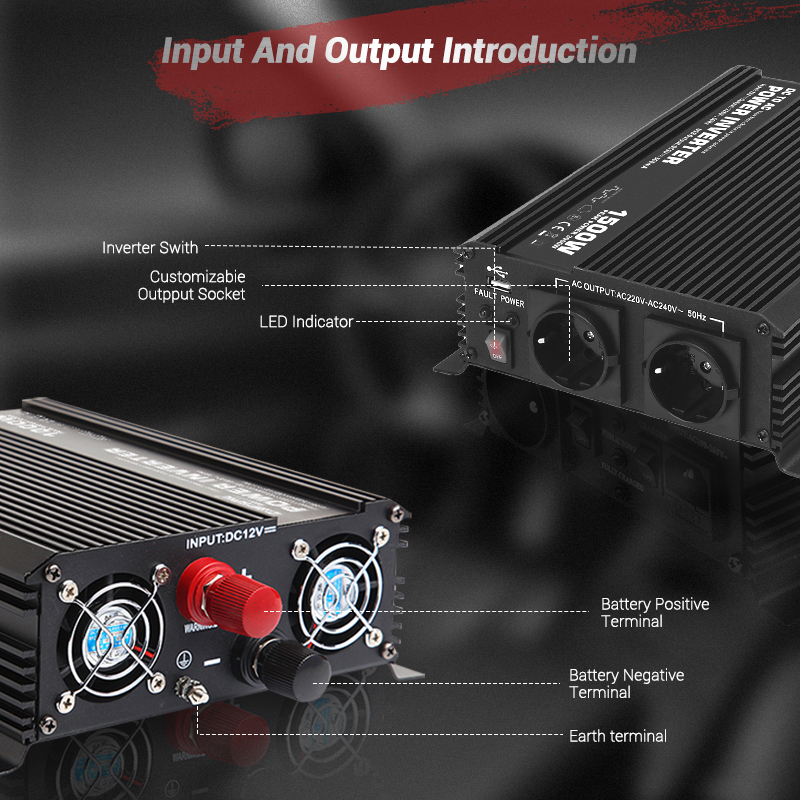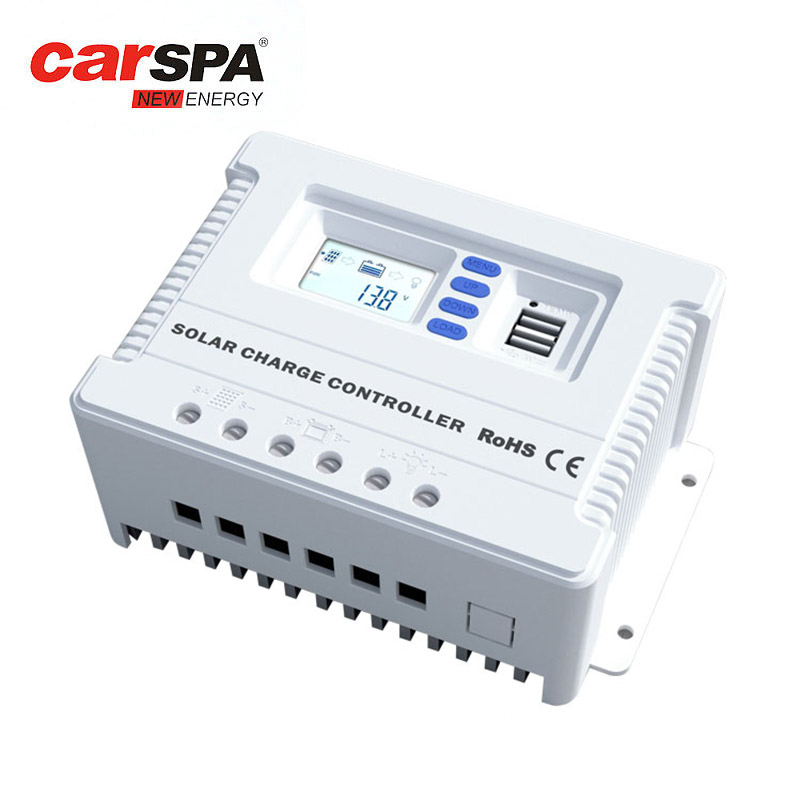The Ultimate Guide to RV Power Inverters
The RV power inverter is a critical component of the RV electrical system, responsible for converting stored direct current (DC) from the vehicle's battery into alternating current (AC) for everyday appliances. Given that most home and office appliances are designed to operate on AC power, the inverter plays a key role in facilitating convenience and comfort in RV living.

Types and Applications of Inverters
Pure Sine Wave Inverters:
Produce current close to that of household power supply, suitable for sensitive electronic devices such as medical equipment, high-quality audio systems, and advanced computer equipment.
Modified Sine Wave Inverters:
More economical but produce lower quality current, suitable for basic appliances like lights and simple kitchen tools.
Choosing the Right Inverter
When selecting an inverter, consider the following factors:
Power Requirements:
Calculate the total power needed for all appliances and choose an inverter with a slightly higher power rating.
Efficiency:
High-efficiency inverters reduce energy waste and extend battery life.
Brand and Price:
Consider your budget and the reputation of the brand. Quality brands often offer better performance and reliability.
Installation and Operation
Installation Location:
Install the inverter in a well-ventilated area, away from high temperatures and humidity.
Wiring:
Ensure all connections are correct, secure, and meet safety standards.
Operation:
Familiarize yourself with the basic operations of the inverter, such as how to turn it on/off and monitor its performance.
Maintenance and Troubleshooting
Regular Checks:
Inspect connections and wires to ensure there is no wear or damage.
Cleaning:
Regularly clean the inverter to prevent dust accumulation that can affect performance.
Troubleshooting:
Understand basic troubleshooting methods, such as checking battery connections, resetting the inverter, or interpreting error indicators.
Safe Usage of RV Power Inverter
Avoid Overloading:
Do not exceed the maximum power limit of the inverter.
Monitor Battery Level: Avoid excessive battery discharge.
Inverter Cooling:
Ensure the inverter has enough space for proper heat dissipation.
Case Study
Consider the story of a retired couple who used a 2000-watt pure sine wave inverter to power their RV. Their inverter not only supported their fridge, microwave, and TV but also provided stable power for their laptops and other sensitive devices. Through judicious use and regular maintenance, they encountered no power issues throughout their trip.
Conclusion
Understanding and correctly using an RV power inverter is key to a pleasant RV travel experience. Choosing the right inverter, proper installation and usage, and regular maintenance will ensure a stable and safe power supply throughout your journey.




